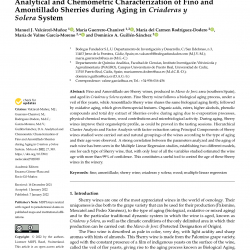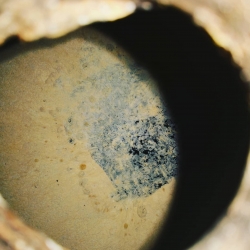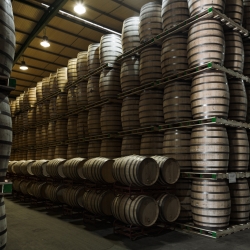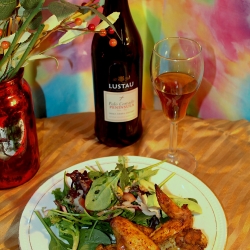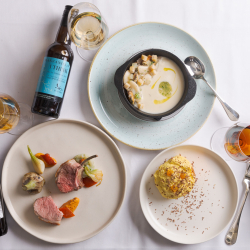'Tis the Season for Sherry
Have I gone mad? What on earth am I doing writing about Sherry in the summer? Is it not condemned to gather dust on the shelves until December, when you get in a bottle for granny to sip?
But no, for me, sherry is one of THE quintessential summer drinks, especially the light, dry styles – fino and manzanilla. I buy a bottle and stash it in the fridge, waiting for a balmy evening to arrive, then enjoy it in the sun with tapas.
Under the sunny skies of Andalucia both fino and manzanilla start out life as a rather ordinary white wine, made from Palomino grapes grown in the chalk-rich albariza soils of Jerez. The magic that transforms them from ho hum to aperitif par excellence comes from fortification by grape spirit and ageing in barrel for three or more years.
Sherry ageing is special for a couple of reasons. Firstly it uses a solera system, so that new wines are added at the metaphorical “top” of the stack of barrels. As new wines are added to these barrels, some of the older wines are moved down the stack to make room. Wine that is ready to be bottled is drawn from barrels at the “bottom” of the stack, which contain a mix of wines with a range of ages. So you can never really say exactly how old a solera-aged sherry is, as it is a blend of all of the wines in the solera, mostly the younger ones, but including tiny amounts of much older wines. This helps to give sherry its consistent character and adds characteristic complexity. The other oddity of sherry ageing for finos and manzanillas is that they are aged in not quite full barrels where a layer of yeast (or flor) develops on the top, imparting a unique dryness and body to the wine over time.
Both fino and manzanilla are made in this way, but manzanilla is distinguished by being made and aged around the port of Sanlúcar. It is generally the lightest and driest of the finos, with a faint marine tang, giving a hint of summer holidays.
So when it comes to Summer wine pairings, what to drink with fino? The Andalucians have a handy aide-memoire to help: If it swims, serve fino. If it flies, serve amontillado. If it runs, serve oloroso.
I agree that fishy things go wonderfully with the dry tanginess of fino. Spanish-style anchovies (boquerones) and squid have no better drinking partner. But I also crave an ice cold glass of it with a range of tapas – gazpacho, tortilla, olives….I could go on... perfect for summer snacking.
En Rama styles of fino have also become fashionable recently, and with good reason. These unfined and unfiltered wines (en rama means raw) are like regular fino with the volume turned up. They are the sexier, more flamboyant fino brother. Deeper in colour, they have richer flavours and feel weightier, yet still bone dry. This makes them even more food friendly and you could easily keep sipping them throughout your meal.
What about the fortification? Aren’t these wines are bit high in alcohol to drink in the same way as other wines? Finos are fortified only until they reach around 15%, so they are more alcoholic than most white wines, but not much.
So please, liberate these sherries from the confines of Christmas. They are great food wines, perfect for summer and a brilliant bargain to boot. And please do treat them like wines – keep them in the fridge and, once open, finish within 2-3 days. Also be sure to check out supermarkets’ own label sherries. They are generally brilliant value, made by some of the most famous names in Jerez and often medal winners in the International Wine Challenge.
Heather Dougherty | Wine Educator
The views and opinions expressed in this article are those of the author and do not necessarily represent those of El Consejo Regulador.
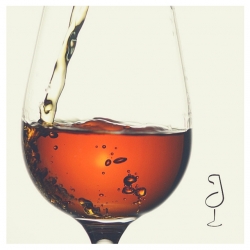

05 August 2016


